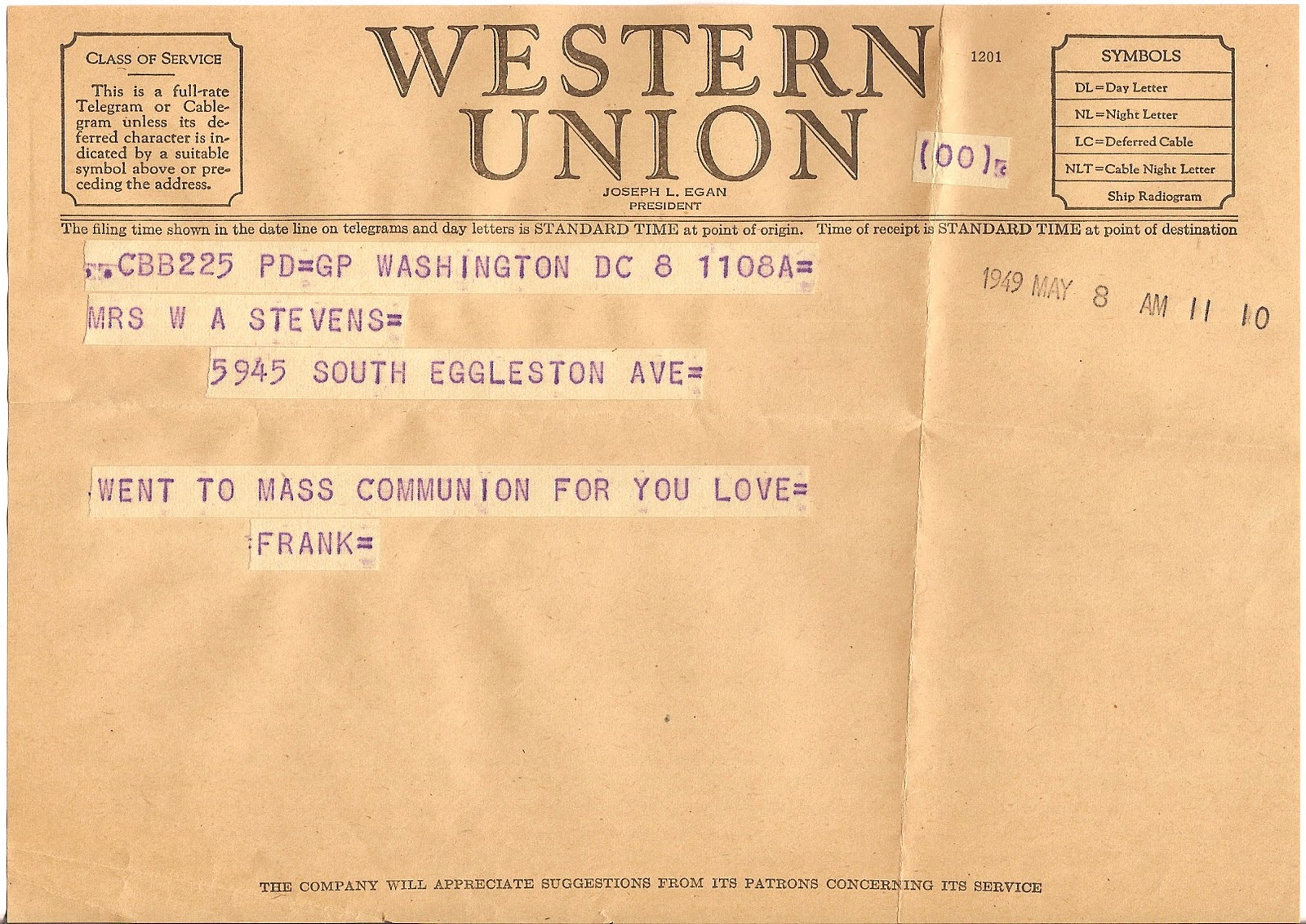

"For the most part, we have really hit our stride in the most recent past," said Provost, who arrived in November 2015. T&G Publisher Paul Provost said the past two-plus years under GateHouse have brought stability to the paper.

Local jobs once responsible for editing and laying out newspaper stories for the next day’s edition are now done for most Massachusetts GateHouse papers at an Austin, Texas, office, creating common national, international, business or sports pages that the papers share. GateHouse’s nine daily newspapers and 108 weeklies in Massachusetts are printed at only two production facilities. The company, which now has about 125 newspapers nationally, bought the Cape Cod Times, The Standard-Times of New Bedford and several weeklies in 2013 for $87 million, and The Providence Journal the following year for $46 million.Ĭonsolidation of so many area papers under GateHouse has brought both cost savings and job losses. The Telegram was just one of several major acquisitions in Massachusetts and Rhode Island in recent years by GateHouse. At the time, the T&G had a cash-flow margin of nearly 30 percent and almost 800 employees, more than six times today’s number of 120. The paper was locally owned until 1986, when three families who shared ownership sold to the publisher of The San Francisco Chronicle. But the Telegram has had to endure the tumultuous time for newspapers while also going through a succession of new owners. Weekday circulation in 2015 fell by an average of 7 percent nationwide, according to the Pew Research Center. In the last year, circulation fell in one year alone by 29 percent, to 33,154, according to annual filings by its parent company New Media Investment Group. The Telegram & Gazette has struggled with falling circulation to match its shrinking newsroom. to hold the news side harmless.” Quick succession of owners “Journalists don’t like to hear this, but when revenues go down as significantly as they have,” Edmonds said, “it’s pretty hard. No newspaper may be immune from industry challenges, even locally owned or nonprofit outlets, said Rick Edmonds, a media business analyst with the Poynter Institute, which owns one such nonprofit itself, The Tampa Bay Times. At a time of consolidation in the industry, it has seen many of its printing and editing jobs eliminated, and has closed regional bureaus. The T&G has faced the same challenges as practically any other newspaper in the country: declining revenues from print subscriptions and advertisers, with online readership growing but not fast enough to offset those other declines.

“We’re lucky to have a local newspaper, and I think we have to remember that in Worcester,” Angelini said. “We can all see what’s happening at daily newspapers in this country, right?” said Michael Angelini, the chairman of the Worcester law firm Bowditch & Dewey, who tried brokering local ownership for the paper when it was for sale several years ago. That’s the newspaper today in many ways: reduced in scope but still very much a visible piece of the region. T&G now takes up two floors of the Mercantile Center tower, but its name adorns the top of two sides of the building. Then, by the time the newspaper left in 2012 to move across Worcester Common, the building was two-thirds empty. First, the presses that churned out 125,000 copies a night closed in 1992, having relocated to Millbury. For a century, the Telegram & Gazette filled a four-story building overlooking Worcester City Hall with the typical bustle of a newsroom.


 0 kommentar(er)
0 kommentar(er)
